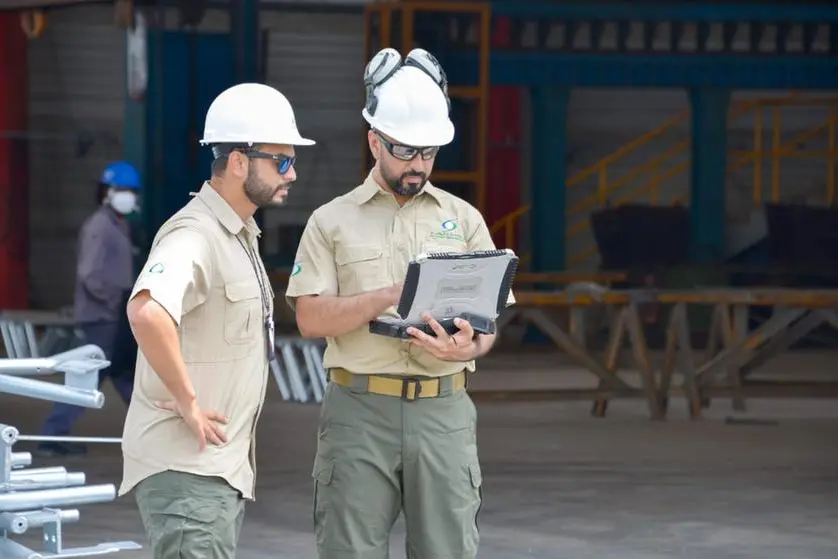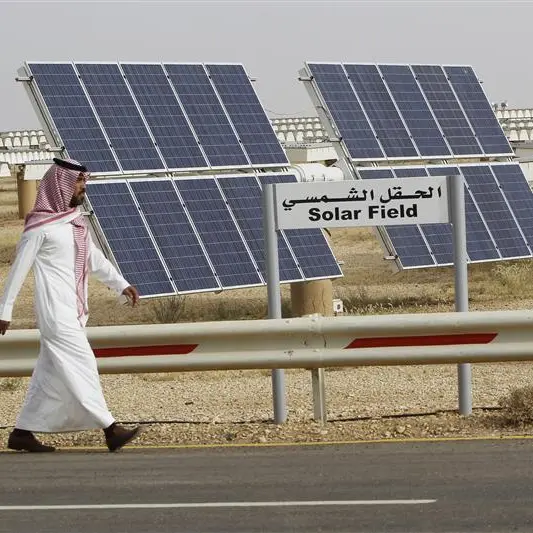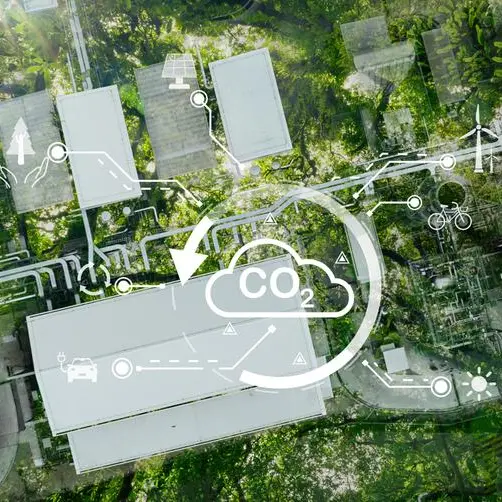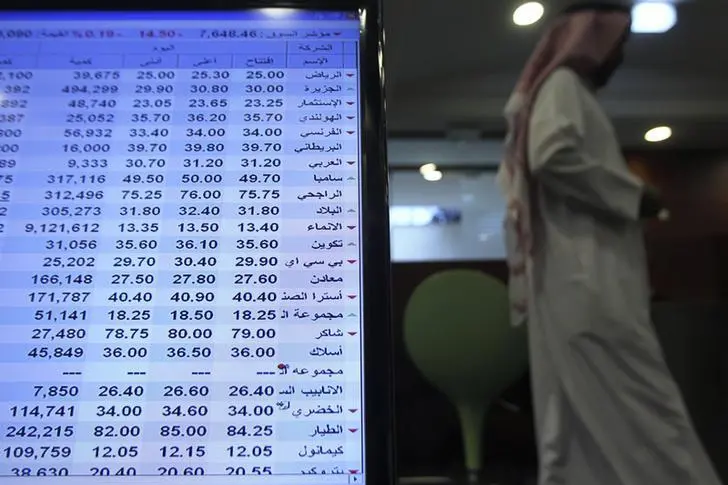PHOTO
Abu Dhabi - The Environment Agency – Abu Dhabi (EAD), has recently launched ‘Eltezam’ – a new digital system for environmental inspection and compliance evaluation which gives EAD’s inspectors the flexibility to evaluate facilities and projects based on actual on-site activities and operations.
The new system allows inspectors to comprehensively review any aspect of an organisation’s activities regarding any potential environmental harm rather than being limited to activities listed on their environmental license.
The launch of ‘Eltezam’ is part of EAD’s ongoing efforts to execute its regulatory role by preserving environmental standards in the Emirate of Abu Dhabi. By establishing regulatory frameworks in the emirate, the Agency can reduce environmental harm and continuously update environmental conditions and standards in line with the pace of development witnessed by the industrial sector or construction and infrastructure sector, and the emirate’s economic growth.
Faisal Al Hammadi, Acting Executive Director of the Environmental Quality Sector at EAD, said: “The Agency has developed modern technological tools and programmes that ensure compliance by industrial facilities and development projects with environmental laws and requirements. We evaluate and license development projects, infrastructure, and industrial facilities, and commercial businesses in Abu Dhabi with the aim of reducing construction-related environmental impact. This is to ensure compliance with local laws and legislation aligned with best global environmental practices and the environmental, economic and social progress in the emirate of Abu Dhabi.’’
Al Hammadi added: “The environmental inspection team at EAD conducts periodic field visits to ensure that industrial facilities, development projects, infrastructure works, and all related activities and operations consider the applicable environmental laws and regulations, comply with the conditions of environmental licenses, and apply best global practices related to environmental protection.’’
Ahmed Al Waheebi, Unit Head, Compliance and Enforcement, at EAD, said: ‘”We are very conscious of the nature of rapid economic growth, so we adopt the latest electronic and information systems to help keep pace with this acceleration and achieve sustainable growth. We do this while taking care to reduce the environmental impact of each stage of development – from planning to implementation. The next step is a focus on systems that will rely more on proactive evaluation of projects and facilities, and on self-monitoring, not only to facilitate, but to achieve better environmental results’’.
Al Waheebi said that by launching this new digital system, EAD seeks to build a strong and effective inspection system that covers all industrial sectors, infrastructure projects, and commercial activities under its authority, noting that the inspection system was built on algorithms that link industrial sectors with production processes and conditions. ‘Eltezam’ will also complement activity regarding environmental violations and administrative fines, and their legal basis.
The Agency has held a series of training workshops for the Agency’s inspectors to familiarise them with the characteristics of the new system. It is noteworthy that the objectives of the on-site inspections are to assess the extent to which facilities and development projects comply with environmental conditions. The inspectors investigate reports of environmental accidents and complaints, identify operational violations that may lead to environmental issues and ensure that facilities and projects subject to licensing are aware of these violations and ways of correcting them. They also collect relevant field data for specific sectors, activities, areas, and facilities, enforce environmental compliance, apply administrative fines, and initiate legal enforcement actions.
The elements of the environmental inspection and compliance system include 93 sectors licensed by EAD. It also assesses the environmental impacts of 38 operational processes by monitoring 277 potential environmental violations, with the aim of preventing harm from all environmental pollutants across each activity under the Agency’s jurisdiction.























